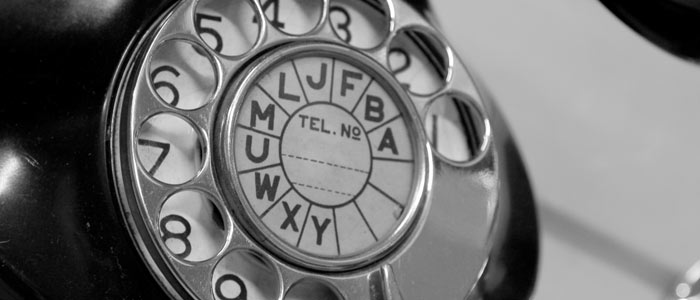Thoughts flocking into your mind, whether you should seriously consider a cloud-based predictive dialer for your call center OR will this help you running your business smoothly or not. Well! The predictive dialers can really work wonders if you have a complete understanding of their significance as well as limitations.
Predictive dialing, of course, enables businesses to make employees more efficient by improving call ratios. It also can be used for automated messages, which is handy for businesses of any size that want to reach out to customers for reminders, sale opportunities, etc. (You need to be mindful of the regulations).
But how did predictive dialing gain so much popularity in the call center industry in the past few years. The reason is that the predictive dialer allows the agent to “disposition,” or categorize, the calls based on the situation, thus increasing the efficiency within calling centers. For instance, if the customer/person who was called is not interested and does not want to be called again, the agent abandons the call as such that the person will not be called again.
So how did predictive dialer come into the picture and who exactly invented this software?
History of predictive dialer reveals that it arrived to be used in call centers to enhance the efficiency of the call center agents. Predictive dialer drastically increases the productivity by automating the dialing, subsequently detecting answering machine, FAX tone, or human response and eventually, connecting to the human agent.
Take a stroll through Predictive Dialer’s journey:
Towards the end of the 1980s, InfoLogix Incorporated’s Douglas A. Samuelson claims as he utilized queuing and simulation techniques to become the very first to use call center predictive dialing. The improved systems kept operators busier and drastically reduced the number of calls the systems abandoned because no operator was available to talk to the answering party.
Abstract from JSTOR home:
“In the late 1980s, I used queuing and simulation to invent predictive dialing, a method to determine when computer-directed outbound telephone dialing systems should dial. I included a real-time estimation updating feature that was highly robust against sudden changes in the system’s operating environment; thorough validation to ensure that the models tracked all important features of the real systems; and a modular software design that allowed “plug-in” replacement of the control software, eliminating debugging of field upgrades. The improved systems kept operators busier and drastically reduced the number of calls the systems abandoned because no operator was available to talk to the answering party. This invention was critical to the success, in the late 1980s, of International Telesystems Corporation (ITC), a small company founded in 1984, which a competitor, EIS International, bought in 1993 for approximately $12 million.”
Initially, predictive dialers were only limited to the banks and were considered as extremely basic standalone systems that were primarily used for telemarketing or collections. These dialers required call centers to go through the cumbersome process of loading floppy disks containing the names and contact information of the callers. However, along with the line, the call center agents were required to sit next to the dialers in four-hour shifts. Furthermore, the updates were not possible in the previous dialers as they were designed in such a manner that wasn’t integrated with any other system. Due to this, sometimes during their four-hour stints at the dialer, since there was no structured database, which led telemarketing staff to call the same customers who already had the specific products or services, which unaware agent was trying to sell or similarly, collections agents would get in touch with those customers who had already made the payments on their debt. Companies quickly realized that agents were squandering a chunk of their time on unproductive activities, which can be easily avoided. Moreover, this also annoyed the customers as to when they received these unnecessary phone calls when no action was required on their part.
Soon, the autodialer preceded the predictive dialer. While the basic autodialer merely dials telephone numbers for those call center agents who are sitting idle or waiting for a call, the predictive dialer configures an array of algorithms to predict both the availability of agents and called party responses, accommodating the calling process to the number of agents it predicts will be available when the calls it places are expected to be answered.
The Road Ahead:
The trend in the call center industry is distinctly witnessing call centers making the move from on-premise, hardware-based solutions to hosted solutions in the cloud. And with the introduction of predictive dialers on the cloud; hosted predictive dialers have brought an array of opportunities to companies that are searching for a way out of hardware and license costs. The future of predictive dialers seems to be promising. Needless to say, a predictive dialer is an essential service for businesses that make many calls. With so many regulations imposed on this service and having that service stopped working, can have a huge impact on productivity.

